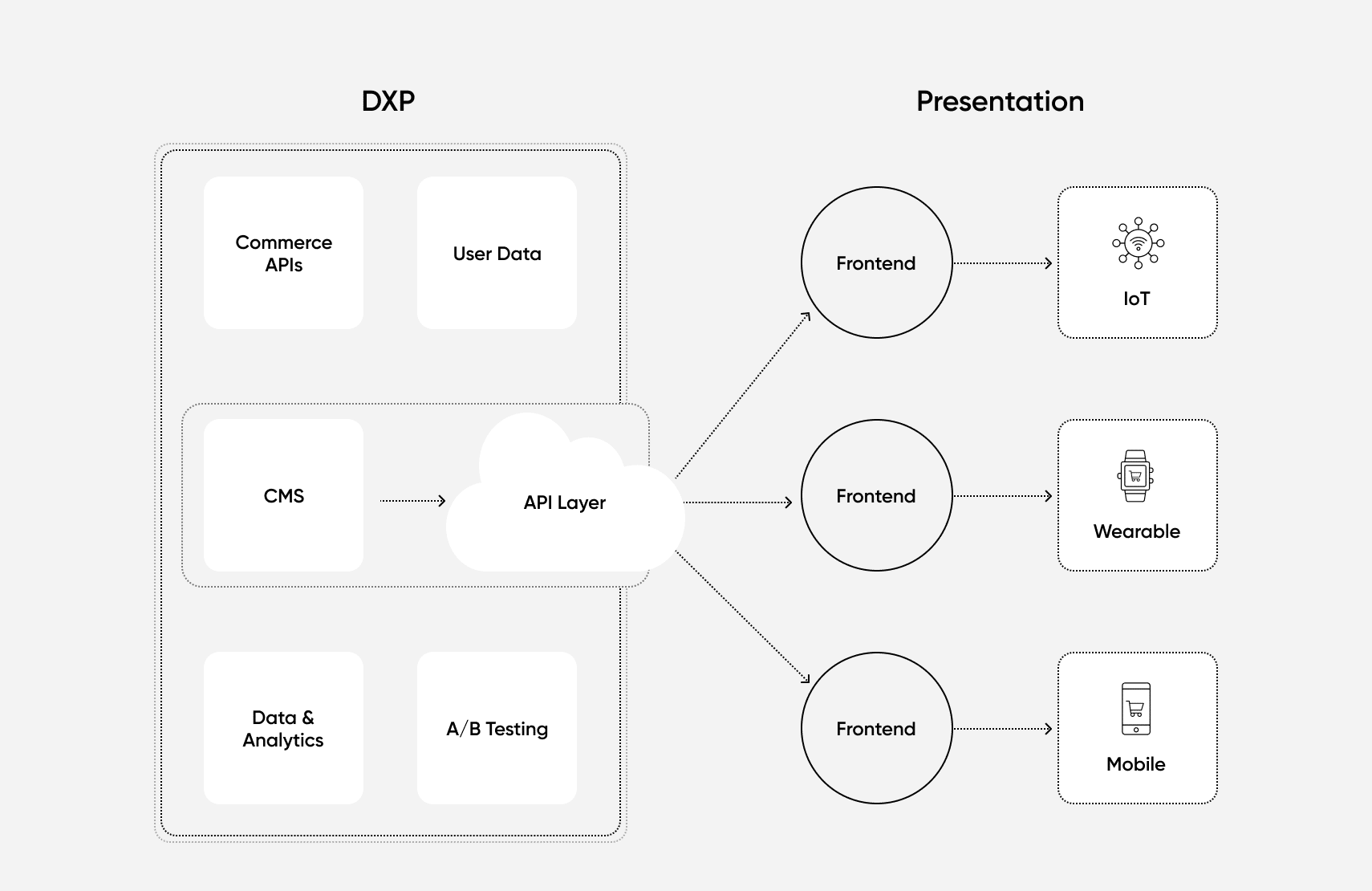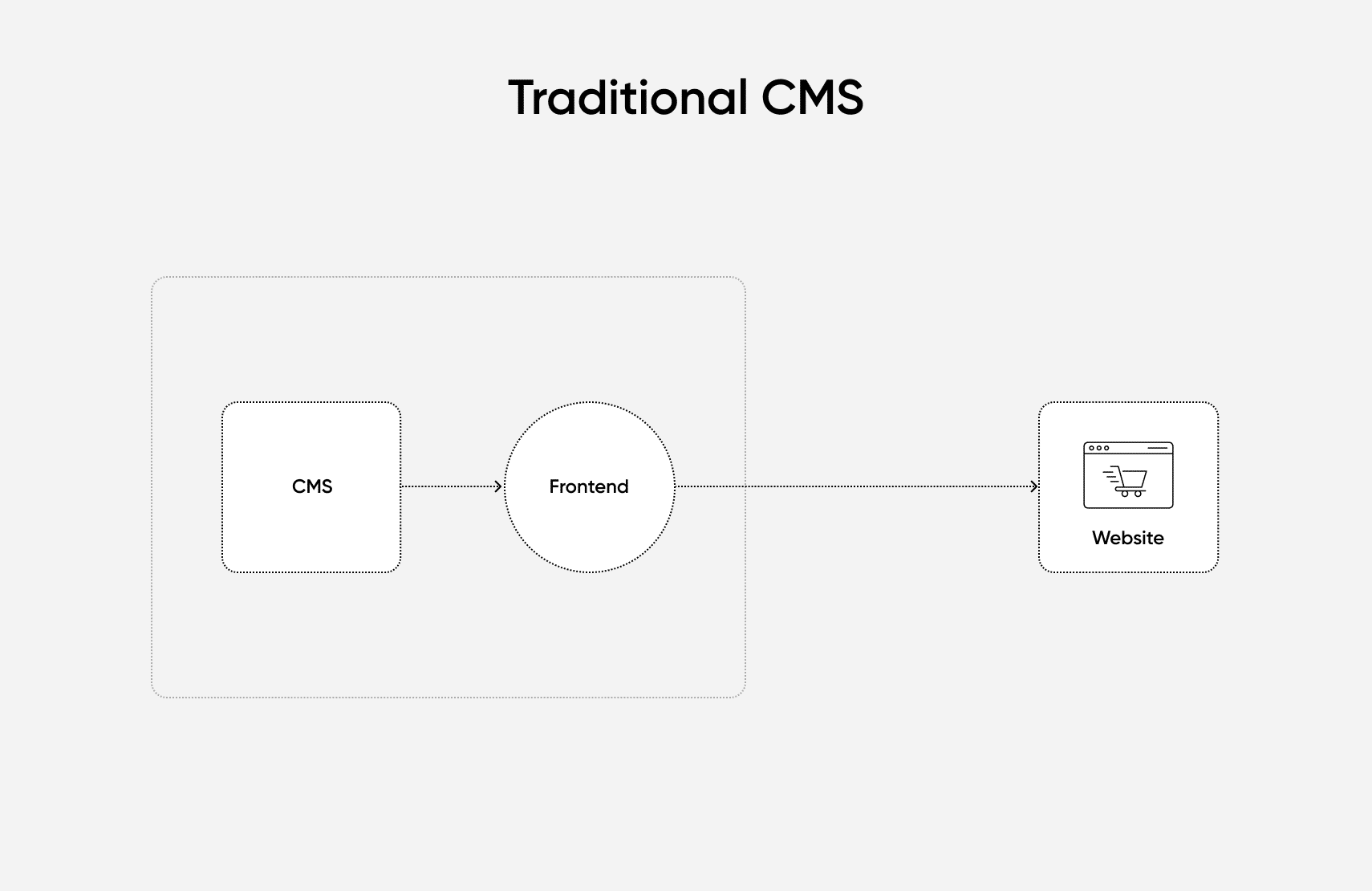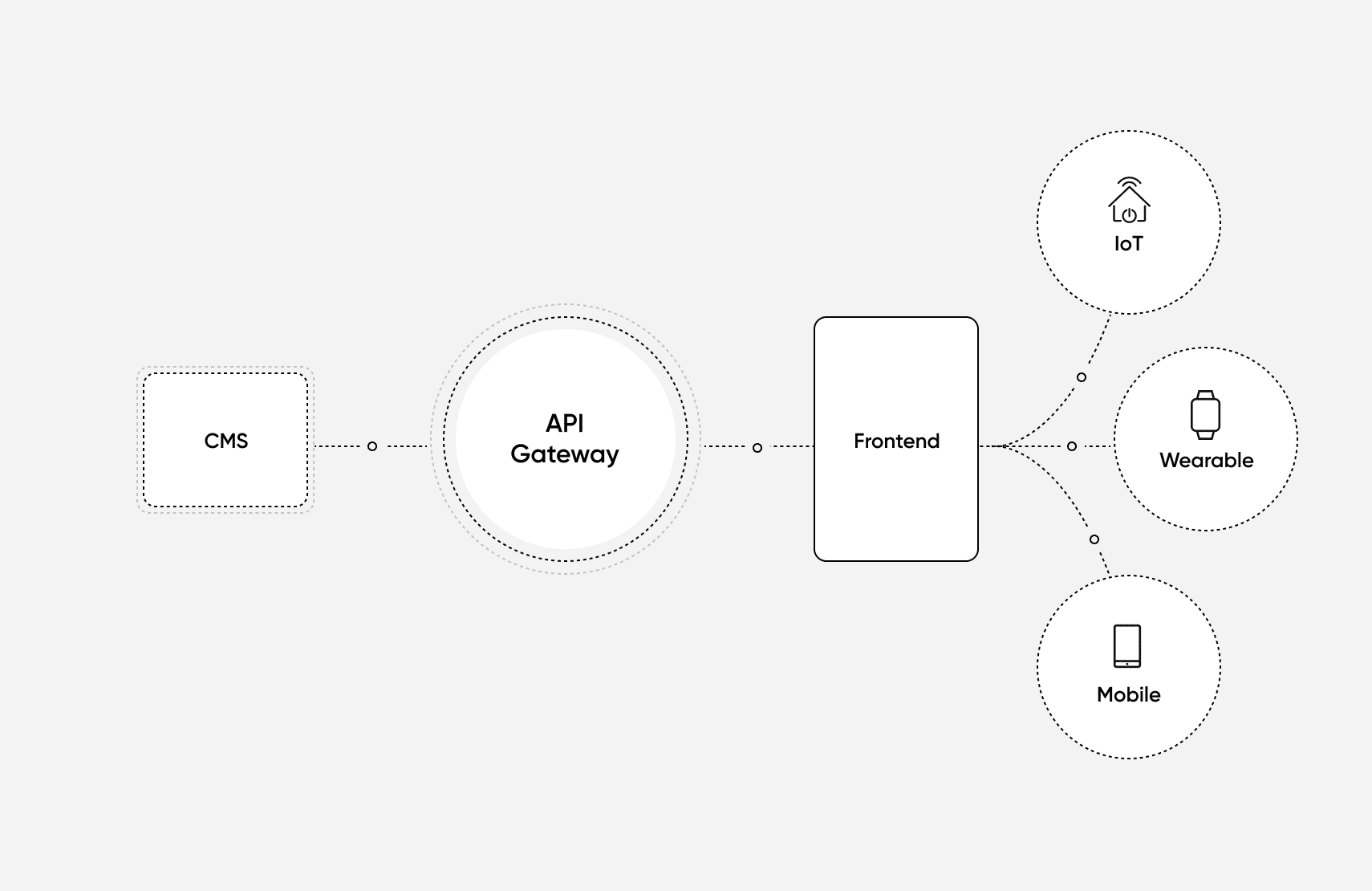What Is a Digital Experience Platform (DXP)?

A DXP enables retailers to create personalized experiences across a wide range of channels.
A DXP is an evolution of the traditional and headless CMS because it goes much further than content. It seamlessly integrates various parts of a business and provides data based on the customer journey and interactions.
Retailers can improve conversion rates, increase the dwell time on their website, and improve engagement rates across channels with analytics from a DXP to improve marketing campaigns.
fabric XM provides businesses with an easy-to-use interface to convert customers through compelling content and AI-powered marketing campaigns.
[toc-embed headline=”DXP Definition”]
DXP Definition
A digital experience platform (DXP) is a software solution that helps marketers engage customers and potential customers by delivering personalized, content-rich experiences across multiple digital channels.

[toc-embed headline=”Overview of DXP”]
Overview of DXP
The DXP was one of the first software platforms to integrate multi-channel experiences fully. It emerged due to the limitations posed by content management systems (CMS) regarding crafting and providing in-depth customer experiences.
One of the first types of businesses to use a DXP were retailers that wanted to let their marketers update shopping experiences across web, mobile, and IoT channels without the help of frontend developers.
A DXP was part of many retailers’ shift to headless commerce, or the shift away from traditional commerce platforms based on old technology to new platforms based on new technology.
Simply put, a DXP is the future of content management and engagement for retailers selling products online. To better understand this concept, let’s look at how a DXP is different from two types of popular content management systems: a traditional CMS and headless CMS.
DXP vs traditional CMS
A traditional CMS enables content creators to create, publish, and manage digital content for a single presentation layer (e.g., browsers on desktop and mobile). It is mostly used for blogs, personal websites, and smaller e-commerce businesses that have yet to leverage omnichannel.
In more technical terms, a traditional CMS is tightly coupled with the frontend—the part responsible for presentation and design. This coupling limits the ability to extend content to different channels, customize presentations for different channels, and personalize experiences.
An example of a traditional CMS is the Shopify CMS.
Unlike a traditional CMS, a DXP combines the extensibility and customization of a headless CMS (see below) with the personalization that comes from being able to integrate data sources from other parts of the business. For instance, a retailer could use shopping history data from an order management system (OMS) to personalize recommendations across different channels.
In short, a traditional CMS is a coupled system made for simple content publishing on single channels. A DXP is so much more, yet functions in a way that makes it as easy to use as a traditional CMS.
DXP vs headless CMS
Before we dive into how a DXP works and the different elements of a DXP, it’s important to distinguish the difference between a DXP and headless CMS. Often these terms are used interchangeably, but they are very different.
To start, a headless CMS is part of a DXP but a DXP is not part of a headless CMS. The headless CMS is just one element of a DXP. Other elements come together to create personalized experiences that are especially useful for online retailers.
As mentioned above, data from elements of the commerce platform like the OMS or product information manager (PIM) can easily be brought into a headless CMS that’s part of a DXP. On the other hand, this is much harder and less scalable when the headless CMS is not part of a DXP.
[toc-embed headline=”How a DXP Works”]
How a DXP Works
With a DXP you can avoid a disconnect between various parts of your business, even when they come from different providers (or microservices) because they will work seamlessly together.
A DXP collects customer data from a range of digital channels; it tracks a customer’s activities, behavior, and interactions throughout the buyer cycle to enable companies to personalize the customer experience and provide targeted content across all digital touchpoints based on the customer’s profile.
The core
At its core, a DXP includes a headless CMS that retailers can use to create, manage, and publish content across various channels. It also has other functionalities and tools which may be provided by one or more vendors but integrate seamlessly. Such functionalities may include commerce, business intelligence, chatbots, customer data centers, and customer relationship management.
Some DXPs use artificial intelligence. Using that data, a DXP provides better customer experience and sales systems, such as anticipating what a customer is interested in purchasing and delivering relevant content and opportunities to that person when they are ready to decide.
Data and analytics
With a DXP, businesses can get data based on customers’ interactions without dealing with technological issues from trying to integrate a third-party solution. For example, creating various versions of your website, landing pages, and other promotional materials—and testing for conversions, engagement, and dwell time—can be done from one place. With that, the DXP will give you insights into what works better.
Multi-channel for omnichannel
A DXP gets data from various digital touchpoints and also provides experiences through those touchpoints. It’s not only for web and mobile; it connects web, social media, portals, and much more to offer an omnichannel experience.
[toc-embed headline=”Example of a DXP”]
Example of a DXP
fabric’s Experience Manager (XM) is an example of a digital experience platform that provides retailers with an intuitive interface for publishing personalized content across various channels.
The headless CMS element allows developers to add/update components with the React JavaScript library. Marketers can then use these components to design custom, high-converting pages without any coding. Components can leverage data from the wider commerce platform, including user data and catalog data.
You can also gain insights into what to change to improve conversions, create A/B testing experiences, and build AI-powered campaigns focused on engagement.

Tech advocate and writer @ fabric.

